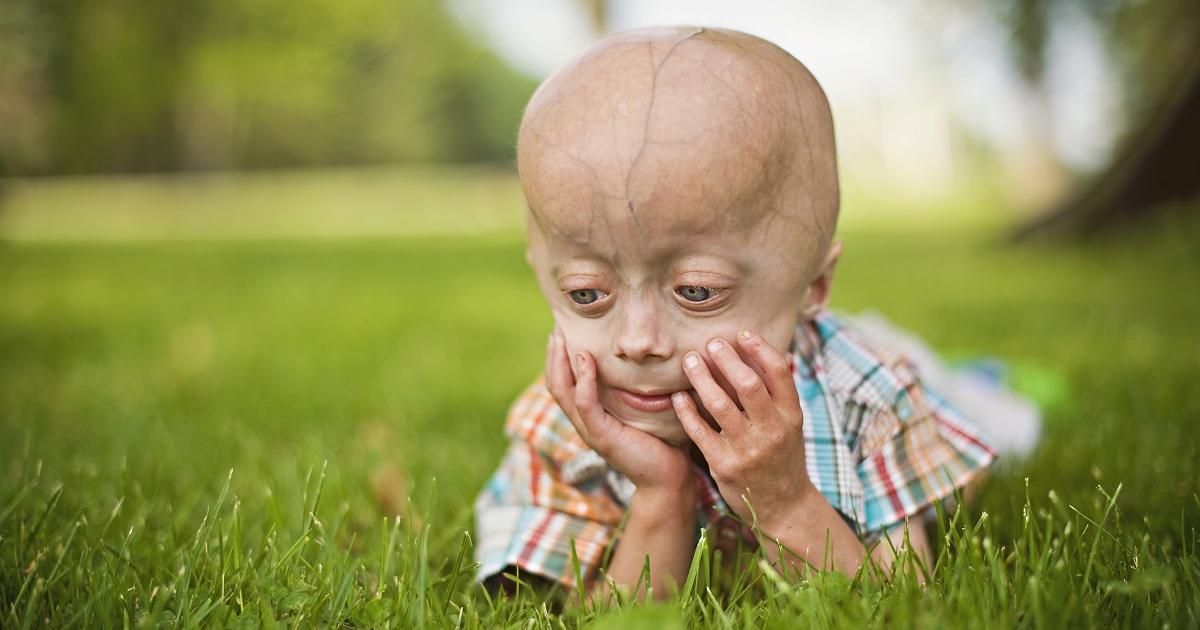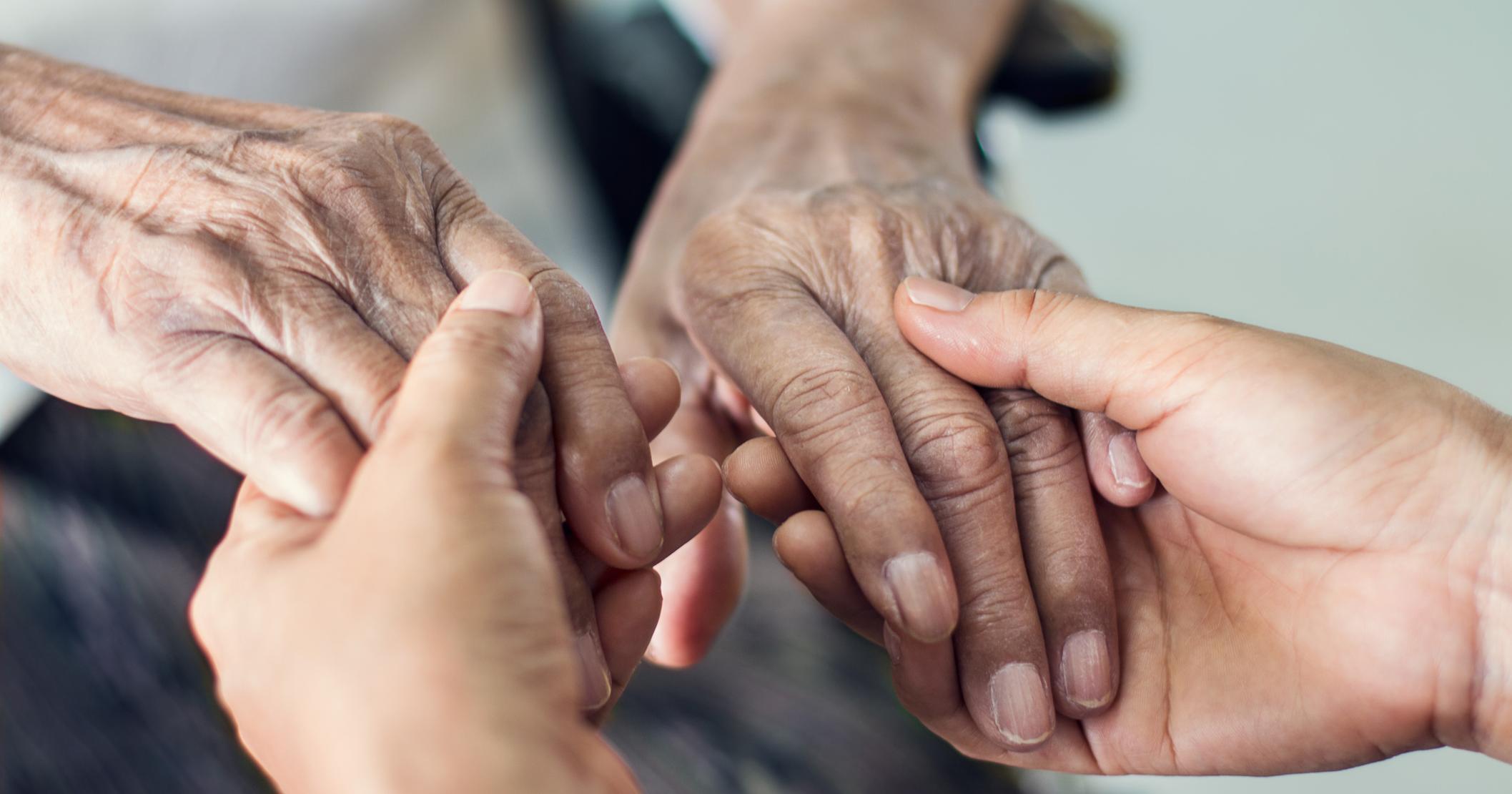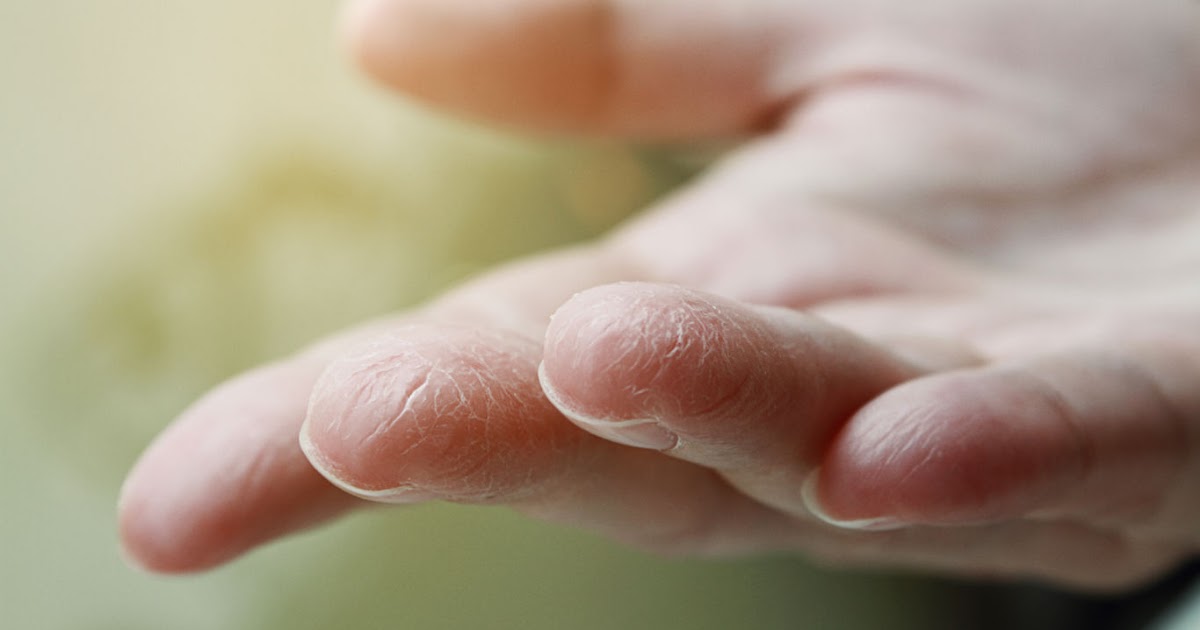What Are The Symptoms Of Hutchinson-Gilford Syndrome?
Hutchinson-Gilford syndrome (HGPS) is a rare and progressive disorder that causes children to age prematurely, often with an onset within the first few years of their life. This disorder is passed through parental genes to a child. The mutation of the LMNA gene is responsible for causing Hutchinson-Gilford syndrome. This particular mutation causes the body to incorrectly produce a protein needed for the nucleus of a cell to stay together. As a result, the cells in the body of individuals with this condition are unstable, and this abnormality leads to rapid aging. The life expectancy of a Hutchinson-Gilford syndrome patient is thirteen years on average, but some may live up to twenty years. Strokes or cardiovascular problems are commonly the cause of death in affected individuals. Children with this syndrome often appear normal when they are born, but symptoms begin to appear between ten and twenty-four months old in most cases.
Learn about the major symptoms of Hutchinson-Gilford syndrome now.
Slowed Growth

A child affected by Hutchinson-Gilford syndrome is usually born with an average weight, height, and body proportion. Within the first year of the child's life, however, they will experience stagnation in growth. They will gain less weight and will be much shorter for their age then they should be. Children affected by this condition will have no body fat and very little muscle. Between the ages of eighteen months and two years, the child will become very thin and have a larger head than normal. The child's primary teeth will come in several years later than usual. The growth of the child will slow down as their cells fail to duplicate at a regular rate.
The LNMA gene provides the code on how to produce parts of the filamentous lamina that are called laminins A and C. Functional laminins A and C are required for the cell's filamentous lamina to replicate DNA accurately, structurally support the nucleolus, and correctly transcribe RNA. A mutation in the LNMA gene results in a loss of the ability to produce normally functioning laminins A and C. When the cells inside of the tissues cannot replicate, the tissues of the body will fail to grow.
Continue reading to reveal more Hutchinson-Gilford syndrome symptoms now.
Distinctive Facial Appearance

Children affected by Hutchinson-Gilford syndrome will develop a distinctive facial appearance that looks considerably different than the face of a healthy child. Affected children often have a head that is larger in terms of proportion to the size of their face. They also tend to have a lower jaw that is disproportionately small to the size of their head. Other common facial characteristics of children with Hutchinson-Gilford syndrome are a beaked nose, thin lips, and a face that appears narrower than it should. The child's eyes sometimes abnormally protrude outward, and their eyelids may not close completely. Due to an underdeveloped jaw or micrognathia, Hutchinson-Gilford syndrome patients often have an abnormal crowding of the teeth once they erupt into the mouth. In addition, these individuals often develop a slight blueness surrounding their mouth. Most children affected by this condition also lose their eyebrows and eyelashes. The hair on the head falls out and may not grow back, though sometimes the hair on the head and face does grow back in white or grey.
Uncover more warning signs of Hutchinson-Gilford syndrome now.
Thinning And Wrinkled Skin

Thinning and wrinkled skin are commonly observed symptoms that occur in children affected by Hutchinson-Gilford syndrome. When healthy individuals age normally, the skin thins out due to a reduction of collagen and elastin production. Collagen is the substance responsible for helping the skin retain moisture, elasticity, and a youthful appearance. Children who have Hutchinson-Gilford syndrome have skin cells that produce less and less collagen over a short timespan. When there is not enough collagen provided to the skin cells, they do not regenerate or repair themselves effectively. Patients with this syndrome shed off thousands of dead skin cells every day, just like healthy individuals do. However, individuals with Hutchinson-Gilford syndrome experience progressively thinning skin because there are no new healthy skin cells to replace the ones that have died like there are in healthy individuals. Often times, the first indication of thin skin is the increased prominence of the veins that can be seen through it. Frequent and abnormal bruising also becomes more apparent. As less collagen is produced, the skin will tear easier and become wrinkled.
Get the details on more Hutchinson-Gilford syndrome warning signs now.
Severe And Progressive Cardiovascular Disease

One of the most prominent symptoms of Hutchinson-Gilford syndrome is severe and progressive cardiovascular disease. Atherosclerosi occurs when the arteries around the body become stiffened and narrowed. These changes take place when plaque forms inside of the blood vessels, and it reduces the interior diameter through which blood is able to flow. The widespread loss of elasticity and thickening of the artery walls also plays a role in the development of cardiovascular disease. This type of disease usually happens in healthy individuals as they age into their senior years. However, individuals affected by Hutchinson-Gilford syndrome develop these issues quickly, often within the first several years of life. Premature cardiovascular disease results in dangerous heart problems including aortic stenosis, enlarged heart, and calcification of the aorta, mitral valves, aortic valve, and coronary arteries. The individual affected by Hutchinson-Gilford syndrome develops chronic high blood pressure, and they may experience one or more strokes. Most individuals with this syndrome will die as a result of myocardial infarction or heart attack, or from congestive heart failure.
Understand more symptoms of Hutchinson-Gilford syndrome now.
Skin Issues Similar To Scleroderma

Along with the characteristic thinning and wrinkling that occurs in the skin of children affected by Hutchinson-Gilford syndrome, patients often develop skin issues similar to scleroderma. The skin often becomes thick, stiff, dry, shiny, and taut in some regions, but it stays wrinkled and lax in other areas. This skin thickening in individuals who have Hutchinson-Gilford syndrome commonly occurs on the buttocks, thighs, and lower abdominal region. These areas of skin become stiff and thick due to an abnormal distribution of collagen in the skin cells. Some areas may not have enough collagen, while there is too much collagen in others. This collagen accumulation occurs in some spots because of an interaction that takes place between certain types of immune system cells and fibroblasts. Children who have Hutchinson-Gilford syndrome also commonly exhibit abnormal and progressive hyperpigmentation in regions of the skin exposed to the sun. While these skin issues are similar to scleroderma, they are not caused by the same disease.